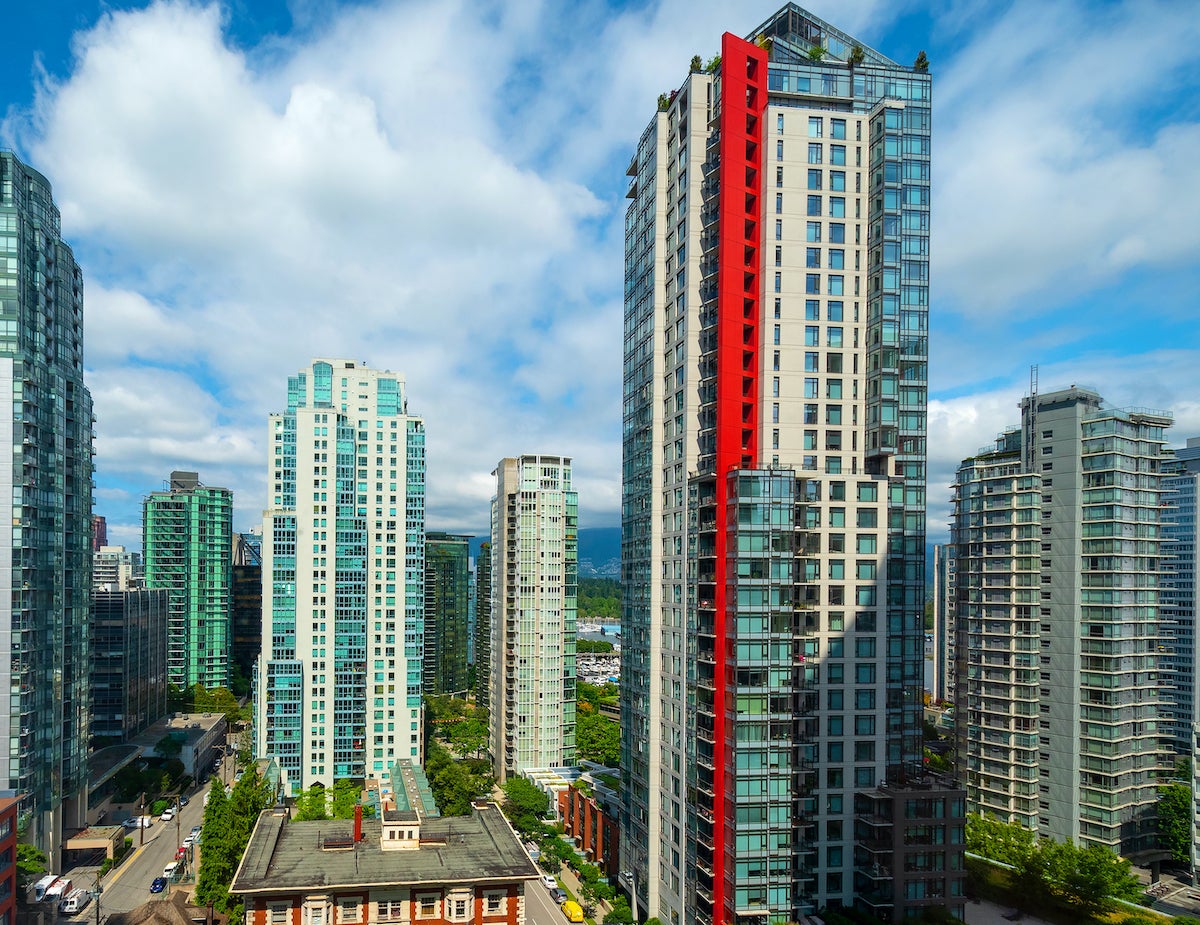
Since there’s speculation that inflation is on the horizon for Canadians, there’s also growing discussion about how to prepare for — and find ways for protection from — what seems to be inevitable one day in the foreseeable future. Buying a home can be part of it, because it can be a hedge against inflation, but inflation-prone costs can also come with buying a new place to live.
So one caveat is buying a home that enables you to dispose of your car. This isn’t exactly breaking news, but more and more Lower Mainlanders are finding ways to use public transportation more often, preferably by walking to the nearest bus stop of Skytrain station. That raises the subject of driving less, or not driving at all.
While this applies to all urban centres, nowhere is it more valid than in travelling to downtown Vancouver, or even through the downtown core. There is a continuing increase in bike lanes, resulting in fewer places to park and an increase in traffic congestion.
And with the average price of a car exceeding $40,000 in Canada for the first time, can there be a better time to try finding a car alternative?
More bike lanes is likely to impact the number of available parking spaces, too — with more cyclists and fewer drivers, parking lots are becoming a thing of the past in downtowns across the country, and you know what will replace unused parking lots: another office building or high rise.
In other words, more people.
Developers are building with an eye on close proximity to public transportation and bike lanes. They know what buyers are going to be looking for, to find at least a small hedge against inflation.